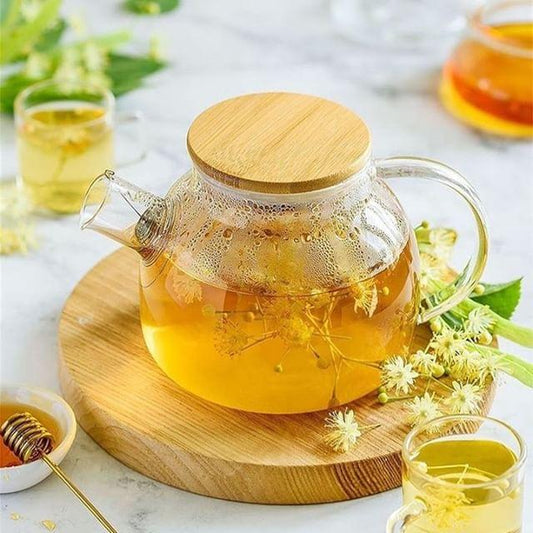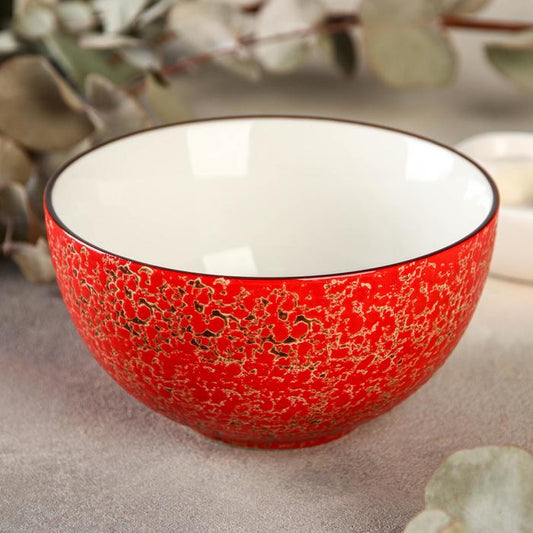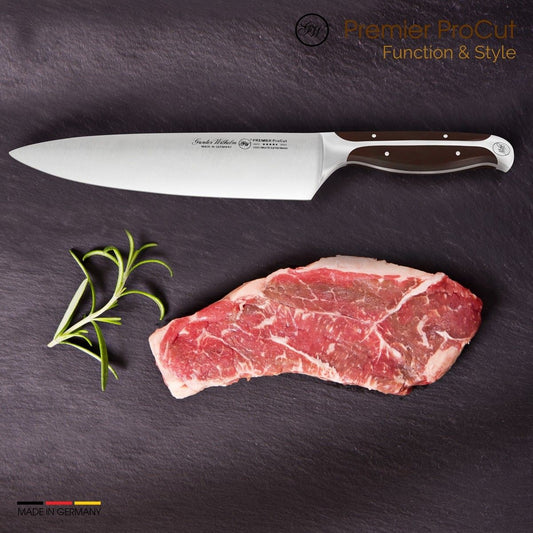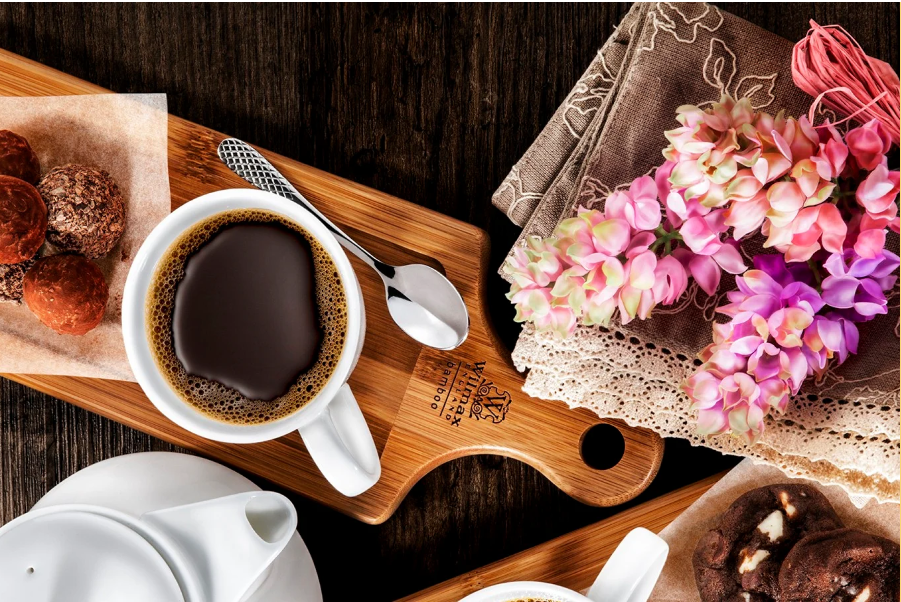Dinner in Layers: How Stacked & Multi-Course Plating Is Becoming Art

Food used to be about flavor. Now, it’s about performance. In 2025, fine dining is taking cues from theater and sculpture with the rise of stacked and multi-course plating. Chefs aren’t just serving meals — they’re building architectural, layered experiences that look as dramatic as they taste. And thanks to social media, layered plating has become the new frontier of edible art.
🏛️ Plating as Architecture
Stacked plating turns dinner into sculptural design. Think: a tower of roasted vegetables topped with microgreens, or a delicate lattice of pastry balanced over seared fish.
The goal isn’t just to feed the diner — it’s to create vertical drama. Every plate becomes a miniature skyline, with chefs carefully balancing textures, colors, and heights.
🍷 Layered Courses: The Dining Narrative
Beyond vertical stacking, restaurants are layering experiences across multiple plates. A tasting menu isn’t just a sequence anymore; it’s a story told through layers. One dish flows into the next like chapters, each visually linked by repeating motifs:
- A starter of layered beet carpaccio leads into a main of stacked beef tartare with beet foam
- A multi-layer dessert mirrors earlier savory textures with sweet reinterpretations
- Plates arrive in rhythm, echoing the beats of a choreographed performance
The result is more than a meal — it’s dinner as theater.
📸 Why Social Media Loves It
Layered plating is catnip for Instagram and TikTok. A single photo of a dramatic food tower draws more engagement than flat, minimal plating ever could. And the moment a diner cuts into a layered dish — releasing sauces, collapsing structures — makes for perfect video content.
It’s not just food, it’s a share-worthy performance. Diners walk away with both a meal and a viral post.
🎭 Theatrical Techniques on the Plate
Chefs are pulling from theater, fashion, and sculpture to make plating larger than life:
- Vertical stacking – tiered towers of proteins, grains, and garnishes
- Suspended plating – dishes served with edible elements perched on wire or glass risers
- Hidden layers – sauces and textures revealed only when diners cut inside
- Multi-tiered desserts – mille-feuilles, layered cakes, and parfaits engineered to awe
Theatrical dining isn’t just about taste — it’s about anticipation, surprise, and drama.
🌍 Global Inspirations
Around the world, chefs are experimenting with layered dining:
- Japan: Kaiseki meals now play with vertical stacking of seasonal elements
- France: Pastry chefs perfect mille-feuille towers with unexpected savory twists
- Mexico: Layered tortillas, salsas, and fillings become modern “architectural tacos”
- Scandinavia: Foraged herbs and stacked root vegetables create edible landscapes
📈 Why Restaurants Love the Trend
Multi-layer plating isn’t just visually dramatic — it’s good business. Stacked dishes justify higher menu prices, attract influencers, and keep diners posting long after their plates are cleared.
In short, the taller the tower, the stronger the brand.
❓ FAQs About Layered Dining
Doesn’t stacking make food harder to eat?
Sometimes — but that’s part of the fun. Diners enjoy the dramatic “collapse moment” when the tower comes down.
Isn’t it just a gimmick?
When done poorly, yes. But at its best, layered plating is culinary storytelling, with design enhancing flavor.
Will this trend last?
As long as dining is tied to experience and social media, theatrical plating will keep evolving. Expect even wilder structures ahead.
🍴 Final Bite: Dinner as Edible Sculpture
In 2025, meals aren’t just eaten — they’re witnessed. Stacked and layered plating transforms dining into art, theater, and entertainment. Whether it’s a vertical tower of flavors or a cascading multi-course sequence, layered dining proves that the plate is no longer a stage — it’s a canvas for architecture.
The future of fine dining is tall, dramatic, and layered — and yes, it belongs on your feed.
Share:





